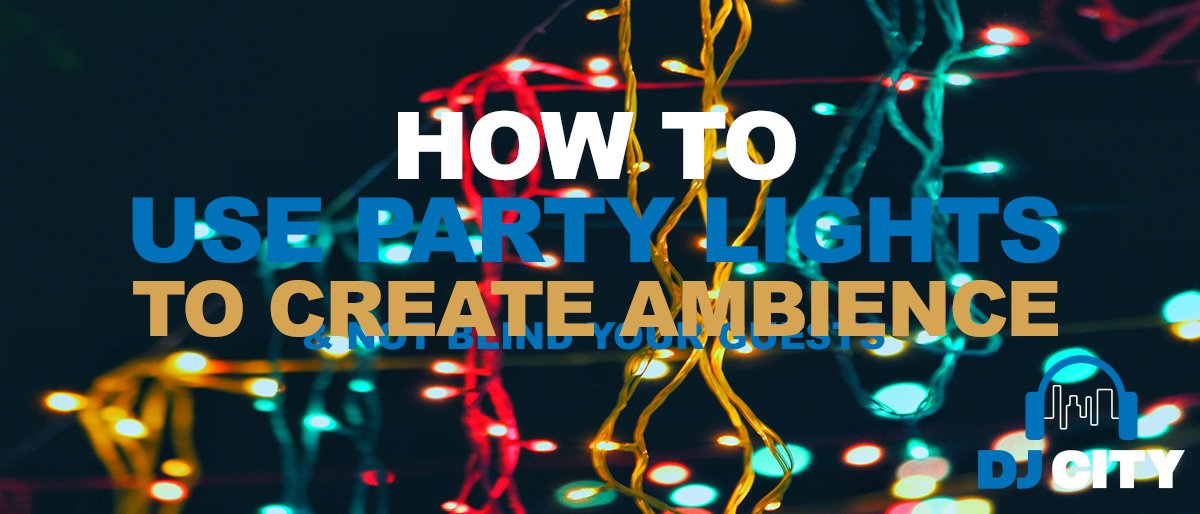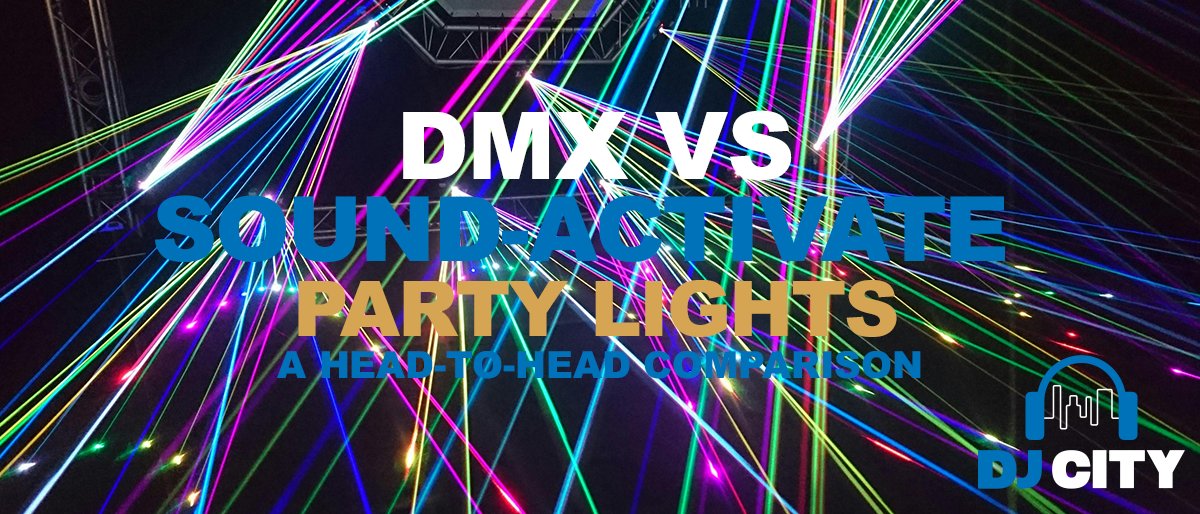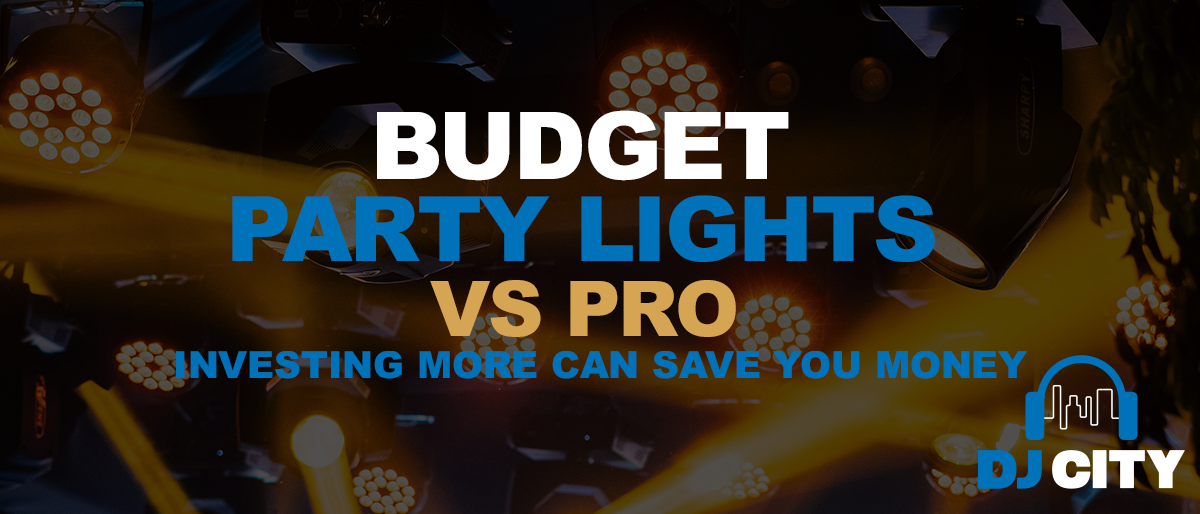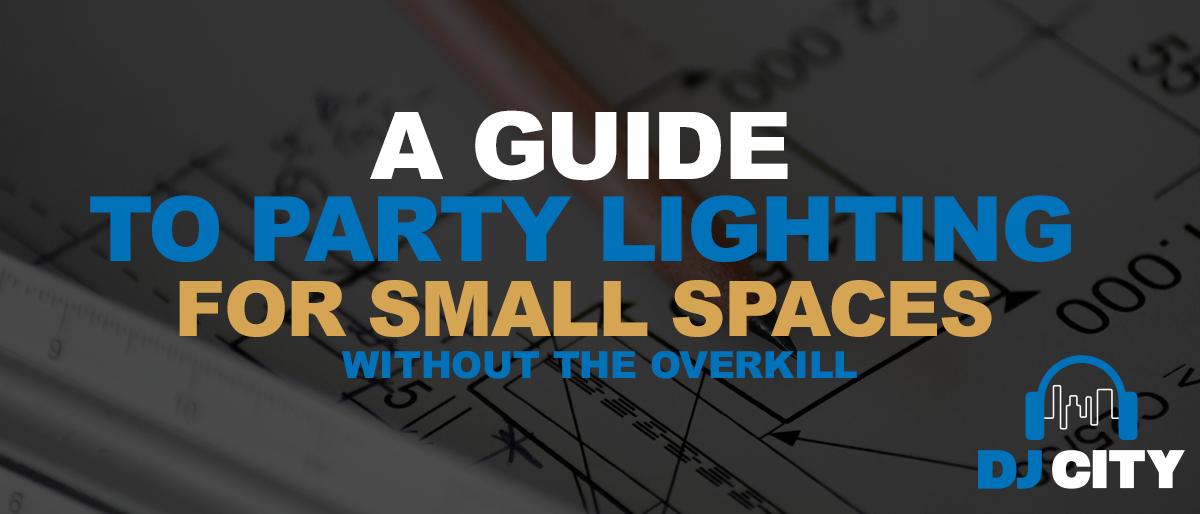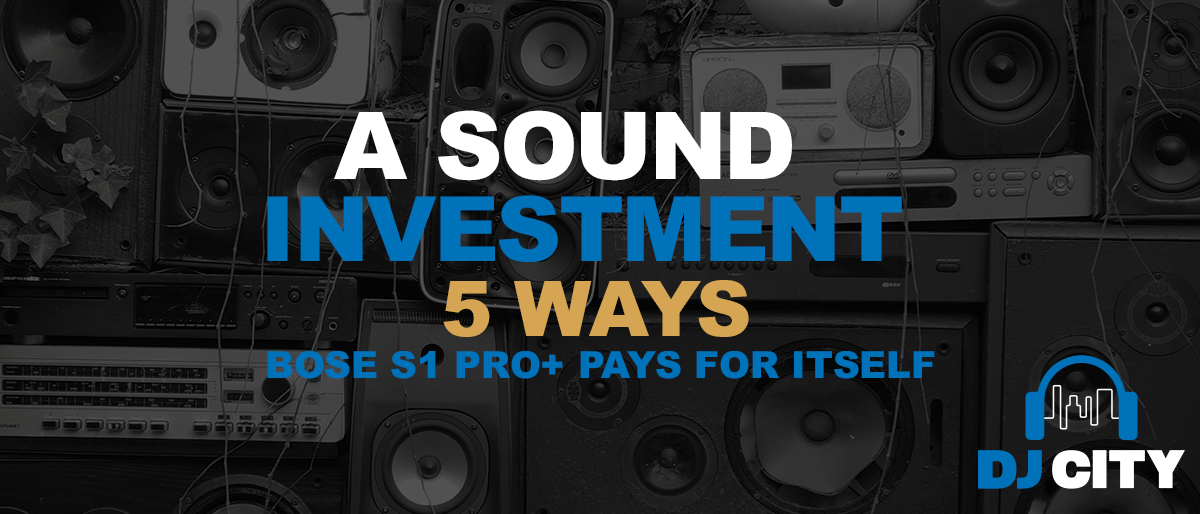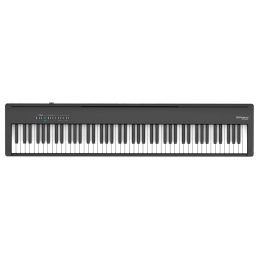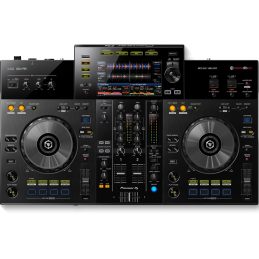
A Complete Guide to GarageBand: Apple’s Free DAW
If you’re a DJ, musician or podcaster, you’ve probably heard of GarageBand even if you don’t necessarily use it. As Apple’s free DAW, it’s among the more popular of music and audio production software used in the industry.
While there are many reasons for using GarageBand, and we’ll dive into some of those here, it may not be for everyone. To help you get started, here’s our complete guide to everything you need to know about Apple’s DAW.

What is GarageBand?
Understanding DAW
First thing’s first: what exactly is a DAW? The acronym stands for digital audio workstation and is an industry term for a software used to produce audio or music. Most DAWs can be used to record, edit, mix, MIDI edit, master and produce any type of audio or music, which is why it’s a staple in any DJ’s arsenal of skills.
There are many different types of DAW software out there, including free versions, paid programs and specialised workstations for particular uses.
Some DAW software works on both Mac and Windows operating systems and computers, whereas GarageBand–being Apple–is restricted to the macOS, iPadOS and iOS. If you’re not planning on using an Apple device, you’ll probably need to explore other options.
GarageBand – Apple’s DAW
GarageBand is a free digital audio workstation that was developed by Apple for use, originally, with macOS running computers. In its initial iteration, GarageBand was one creative program amongst a suite of software such as iMovie and iDVD produced by Apple.
Able to be downloaded for free on iMacs, iPads and iPhones, the GarageBand app allows users to easily create and produce music, audio and podcasts.
Initially released at the start of 2004, this DAW has been updated and improved continuously over the last 18 years.
Why use GarageBand?
There are many different ways in which you can use GarageBand. From creating instrumental sounds from the software’s library and recording your own instruments in real life, all the way to recording podcasts or voiceovers, the many features offer a variety of applications and uses.
There are a few reasons why you might want to consider using GarageBand.
1. It’s free.
If you have an Apple product, it’s free to download the GarageBand app from the App Store. DJ equipment and software can be expensive, so saving money by using a free DAW is most certainly a plus.
2. It’s easy.
Using GarageBand to make music is easy. Despite the many and robust features (more on that in a moment), you can get started without breaking your teeth over user manuals and instruction guides. In fact, we’ll help you do just that further on.
3. It’s scalable.
Despite being simple and intuitive enough for amateur DJs and beginning musicians, the more you master the tools of this DAW the more creative you can be and the more you can create amazing things.
4. It’s clean
There are many DAW software programs out there that offer similar features and tools to GarageBand. However, as you would expect from Apple, the clean and minimalist interface makes using this DAW an absolute pleasure.
5. Its features.
Just some of the many GarageBand features include:
- Audio recording and multiple audio track playback capability.
- Library of virtual yet realistic sounding instrument audio.
- Guitar-specific tracks that can be used with a range of effects.
- MIDI file importing capability and editing features.
- A range of pre-made and ready to go audio loops with editing and effects options.
- Compatibility with third party instruments and other packages.
How to get started with GarageBand
There are many free tutorials online about how to use GarageBand, and we highly recommend checking out as many of these as you need. Remember to also have a look on YouTube where other fellow DJs upload handy tips and tricks for using GarageBand to its utmost potential.
To get you started, however, here’s a quick-reference guide we’ve put together.
Starting a new project
1.Open GarageBand on your computer. (If it’s not downloaded yet, you may need to access your device’s App Store and search for it, then hit download).
2.If prompted, agree to downloading sounds and add-ons automatically.
3.Click on Project Templates when you’re prompted to Choose a Project.
4.Select the template that best fits your intended project.
5.Select the tempo and key if you know what you’re intending on using.
6.Click on the Details tab to open up more customisable options.
7.When you’re ready to start, click on the Choose button.
Recording instruments
Click on the keyboard track in your GarageBand project and select Show Musical Typing. A faster way to access this is through the shortcut of ⌘ + O.
You’ll now see the MIDI keyboard allowing you to use your device’s keyboard to play and record music. Whenever you’re ready, click on the Record icon to start the recording. Once you’re finished, remember to click on the same icon again to stop recording.
Changing tempo and pitch
If you didn’t pre-select the custom tempo or pitch that you want, or you want to change it, don’t worry. It’s easy to do!
Double click on the tempo which is featured in the middle of the top bar on your interface. This will open up the value which you can then change as you need.
To change the pitch, click on the dropdown menu which you can find next to the tempo.

Adding and deleting keyboards and audio
One of the many great features of GarageBand is the option to use many different keyboards. If you want to edit the ones in use, you can simply click on the one you no longer need and then hit the Delete button.
To add audio (instruments or voice), click on the plus icon that can be found by the instruments and then choose the tool you want. Then click on Create.
Adding Apple loops
To use the highly popular and useful Apple loops, simply click on the View tab from the top menu. Then select Show Loop Browser.
You can then search by Instrument or Genre and find the loop you want. If you need to preview it, you can do that before dragging the tune you choose into the main panel with your other instruments.

Saving and sharing your audio
Once you’ve finished mixing your music, producing your project or recording your podcast, make sure to save it. (We recommend saving continually as you work to ensure your hard efforts won’t get lost in case something crashes.)
Saving is easy. Just click on File in the top menu and select Save As. You can then choose the folder and location where you want to save the file and can name it accordingly.
When you’re ready to share your project, click on the Share option and select Export Song to Disk. You need to choose the type of format you want to export your project into as well as select the quality of the audio itself. Depending on your intended use, you may want to choose a particular format and quality level. As with saving, you can then choose where on your computer to export the file and what to name it. It will then be ready for you to send and share however you’d like.

